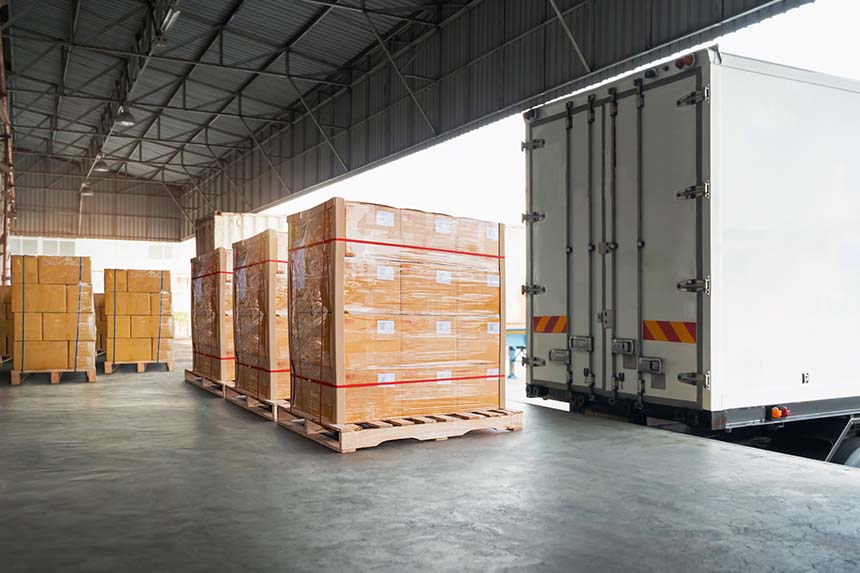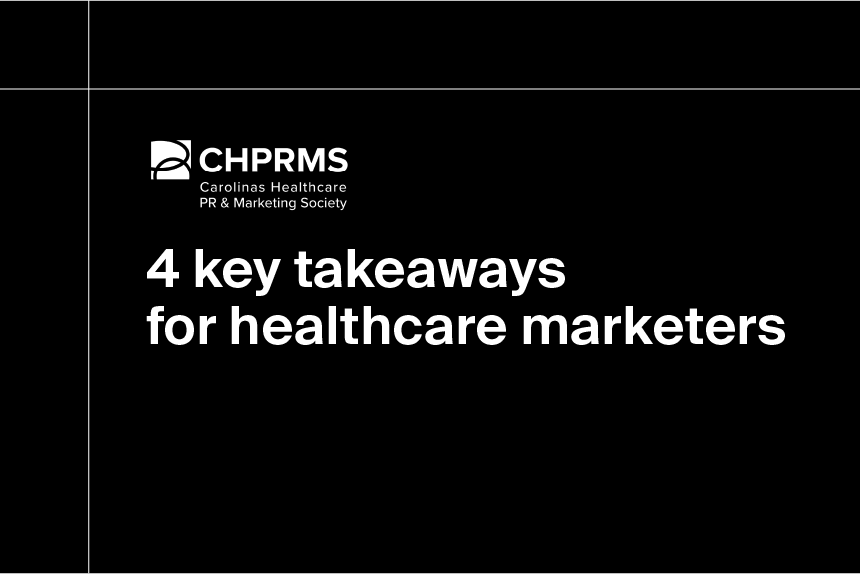If you’ve taken a glance at the news lately, you’ve likely heard of the serious supply-chain crisis impacting nearly every sector of the economy. There’s a semiconductor chip shortage affecting electronics from cars to computers. A paper shortage is making everything from wedding invitations to cereal boxes in short supply. Perhaps most devastatingly, there’s a shortage on Ben & Jerry’s.
Almost every industry has been impacted by major disruptions across the supply chain. For the manufacturers and distributors of the world’s medical supplies, these chokepoints have created significant challenges, the effects of which are intimately felt by the healthcare providers struggling to deliver care while vital equipment, medications and other necessities are in short supply.
This situation got us asking some big questions. What are these major chokepoints? What can businesses do to successfully navigate this complex, uncertain landscape? Let’s find out.
The COVID-19 through line
It’s hard to discuss the challenges facing the medical supply industry without first mentioning the rippling effects the pandemic and its variants have had on the supply chain.
These include:
- Production delays and administrative backlog due to labor shortages
- Increased time to export and import goods due to disrupted shipping networks and packed ports
- Unreliable forecasting as data was no longer timely
These cascading problems are deeply interwoven into every facet of the medical supply chain, and have given rise to bottlenecks in manufacturing, shipping and logistics.
Challenges in manufacturing
As the pandemic sent shock waves across the globe, it exposed how vulnerable to disruption existing practices within the supply chain can be.
The world’s medical supply manufacturers are heavily concentrated in a few countries. This presents a problem for the United States insofar as these countries are also affected by COVID-19 and need the same medical products. Beyond the pandemic, the supply chain can also be disrupted by any number of natural or political events, highlighting the risk of producing medical supplies in only select geographic areas.
Supply Chain Quarterly suggests that diversifying the supply base can be one possible solution. Countries could set up redundancies at the material acquisition and production levels to respond more effectively to sudden crises and changes in demand.
Challenges in shipping
There are a number of photos circulating right now of the state of the Port of Los Angeles. One look at the pictures or the Bloomberg graph below illustrates the dozens of containerships waiting off the California coast, with a peak of just over 70 ships in September 2021.
While LA may be the most prominent example, ports across the world have faced challenges in their efforts to manage the spread of COVID-19. Many have had to restrict labor or shut down to avoid outbreaks. And, if a port is closed or has its operations reduced, products can’t flow smoothly through the supply chain.
The problems brought about by the pandemic and facing manufacturers compounds down the supply chain. Beyond packed ports, shipping costs per container have spiked, increasing as much as 4-5 times since 2018. This could mean rising prices as increased supply chain costs are passed on to consumers.
Challenges in logistics
The medical supply chain doesn’t belong to any one time zone—and that’s because it operates on logistical time. It’s regular, routinized, and predictable. This makes it easy for healthcare logistics providers to make accurate forecasts and adjust strategies accordingly. But it’s hard to make predictions when the pandemic has made every link in the chain uncertain.
Delays at port mean delays in processing cargo. As of the time of writing, the average wait time for processing a containership in the Port of LA is 13 days, a sharp rise from an average of 4.7 days in June 2021.
Containerships are also 2-3 times larger than they were a decade ago, meaning it takes longer to unload, demands more trucks to transport, and more warehouse space to hold everything. As a result, delivery timelines have greatly increased. According to Business Insider, deliveries that used to be 6-8 weeks are now 4-6 months, putting further strain on the healthcare providers in need of vital medical supplies.
Overland transportation has also faced similar challenges. The problems? A major shortage in truck drivers and not enough trucks on the road to move supply.
William Petty, Deputy Director at the Global Alliance for Trade, states that a shortage of drivers can lead to significant delays in delivery and even a complete loss of the cargo.
“All of this has a direct impact on trade and competitiveness,” he adds, “if you are an exporter and your lead times become unpredictable, or if your costs increase, your customers may turn to other suppliers.”
Healthcare commercial intelligence will be crucial in the years to come
Out-of-date and unreliable data lies at the center of the medical supply chain’s most significant challenges. Uncertainty brought about by COVID-19 and the problems we discussed lead to significant questions. How long until the next shipment? Will there be enough drivers to transport products? What’s going to happen next?
While no one can predict what the future may hold, accurate and timely healthcare commercial intelligence will be instrumental in helping medical supply companies and healthcare providers make accurate forecasts and adapt their strategies accordingly.
Manufacturers and distributors can use HospitalView and ClaimsMx to see procedure level volumes at facilities throughout the U.S. These insights can lead to:
- A better understanding of variances in sales volume
- More effective collaboration between sales and marketing teams
- Confident forecasting informed by the most up-to-date information available
To learn more about the challenges within the medical supply chain and how healthcare commercial intelligence can help companies overcome them, check out our infographic or watch our on-demand webinar “Forecasting Medical Supply Demand After COVID-19.”
Or start a free trial today to see how our data products can help you navigate the complexities in the medical supply chain.





